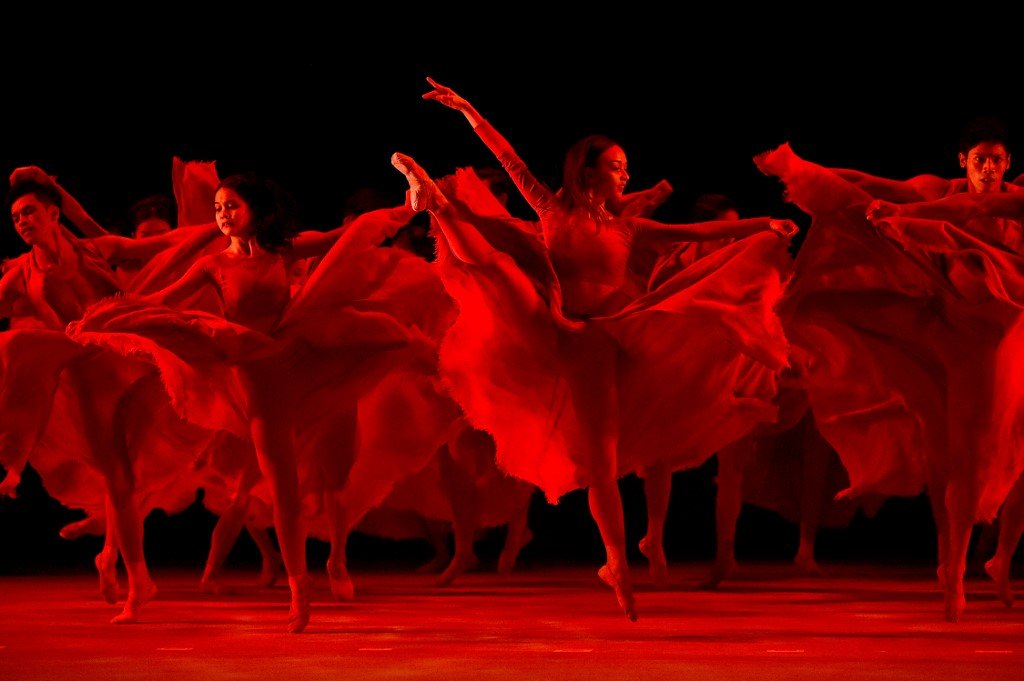From fierce typhoons and tight budgets to losing its dancers to cruise ships and theme parks, Ballet Philippines has weathered almost every type of storm, but as it celebrates its 50th anniversary the renowned arts organization is determined the show will go on.
Funding is difficult to secure and there is little money for necessities such as dancer’s salaries or even shoes — but more than 30,000 people watched the troupe’s productions last year, no mean feat in a nation where millions live on less than $2 a day.
One of the biggest challenges is keeping the dancers it has trained — some go on to join world-class organizations such as Stella Abrera who is now a principal dancer at American Ballet Theatre and West Australian Ballet soloist Candice Adea.
But many leave after being poached to perform on cruise ships or as characters at Disneyland, who can offer 50-100 times what they make at Ballet Philippines.
“The only thing I’m not happy about is when Disney gets them as Mickey Mouse…. That’s happened a lot and it’s still happening,” Ballet Philippines President Kathleen Liechtenstein said.
Principal dancer Denise Parungao, who started out as an $40-a month-apprentice at the troupe, says she relied on family to help pay her rent and understands why others left. “It’s really hard because the salary before was really low and most of the dancers are not well off,” the 25-year-old explains.
Part of the success of Ballet Philippines has been the determination of its performers. In 2014, a fierce typhoon knocked out power and floods left the orchestra stranded miles from the venue, but with two hours before the show started — the organization decided to carry on so as not to disappoint audiences who had travelled for the show.
In big name companies a performer might go through four pairs of ballet slippers in the course of a single performance.
“In Ballet Philippines, a dancer wears (a pair) for a whole month. They put glue, they varnish, do everything just to make them last,” Parungao says. She buys an extra five pairs a year out of her own pocket to make sure her footwear does not disintegrate during a live performance.
Unlike in Russia and the West, there is no national program for spotting dancing talent in the Philippines and few get an early start — those that succeed must battle to make their mark.
Source: Lifestyle.INQ








